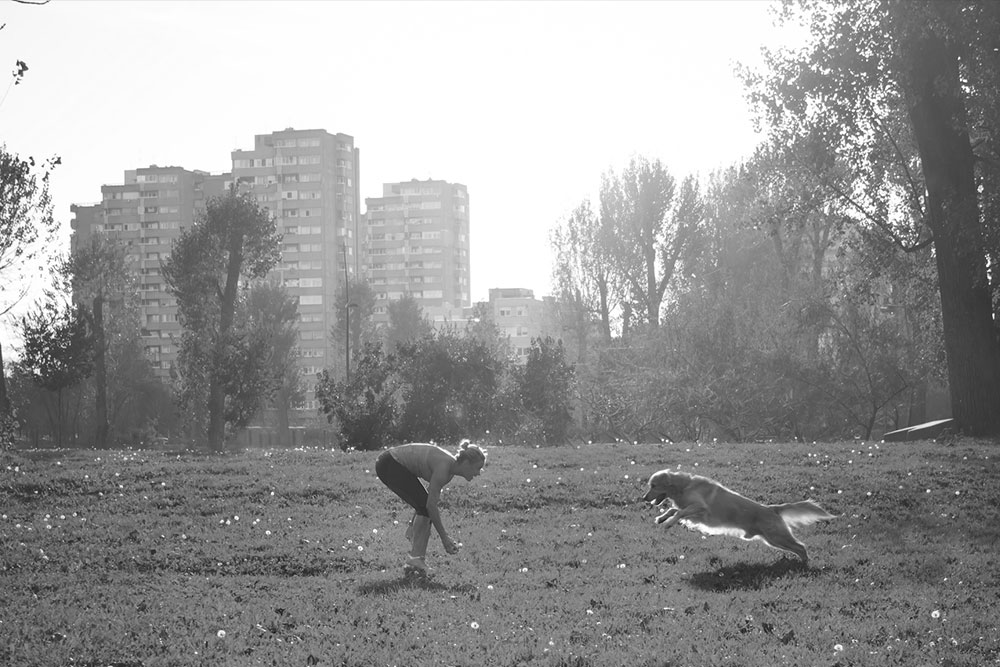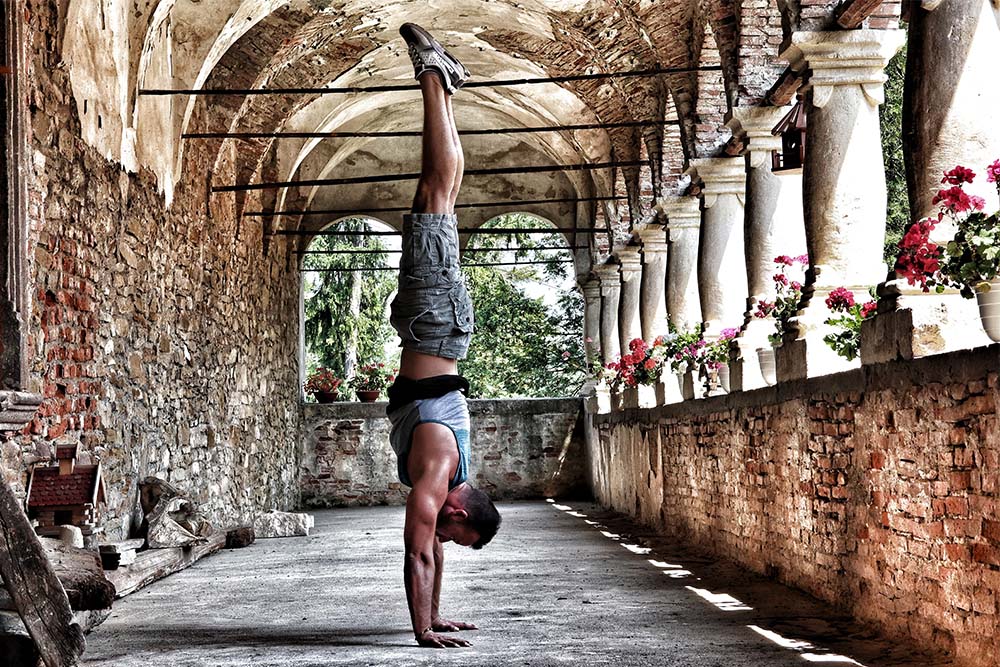Animal, Human, and Clinical Studies About Exercise

Julia Basso, PhD
I recently returned from the annual Society for Neuroscience meeting located in San Diego, California. The Society for Neuroscience boasts that this conference is, “the world’s largest meeting focused on scientific discovery related to the brain and nervous system.” More than 30,300 researchers, clinicians, and advocates gathered at this meeting to discuss the newest and hottest neuroscience topics. The meeting lasted from November 12th to 16th, and for each of those long days, I walked what seemed like miles to explore all of the presentations related to exercise I could find. Here are three that I found quite interesting in three major categories: animal studies; human studies in healthy individuals; and clinical studies in humans with diagnosed disorders or diseases.
Related Article: Exercise Increases Neurons in the Brain
Animal Studies
One group from Japan examined the mechanisms involved in the antidepressant effect of exercise in rodents. To test for depressive behaviors in rodents, you can place a rat in water and see how long it will continue to swim. This is known as the forced swim test. Rats that swim longer are considered less “depressed” than those that give up quickly. As has been demonstrated before, three weeks of voluntary exercise decreased depressive behavior in the rats. Through a technique called microdialysis, the scientists extracted small amounts of fluid from the brain to assess the molecular changes involved in the exercise-induced improvement in mood. They measured these molecules both at baseline as well as after the forced swim test. Specifically, they were interested in two molecules – corticosterone and dopamine.
Corticosterone is involved in the stress response, whereas dopamine is involved in reward and motivation. These two pathways interact with one another in a brain region called the prefrontal cortex. After only three weeks of exercise, the brain was changed such that baseline levels of corticosterone and dopamine were higher in the prefrontal cortex. Additionally, in comparison to sedentary controls, exercisers showed a different response to the forced swim test. Corticosterone levels were diminished whereas dopamine levels were heightened. When either of these two molecules were blocked through drug injection, the anti-depressant effect of exercise went away, indicating that these two molecules are involved in the beneficial effects of exercise on mood. These findings are exciting as they will help to identify possible pharmacotherapies that will mimic the effects of exercise.
Related Article: Get Motivated to Exercise: Rats do it, you can too
Human Studies
Researchers at the University of California Berkeley studied the brains of 127 healthy, older adults both before and after 6 months of a physical activity program. Participants were randomly assigned to one of four groups: an aerobic exercise group; an aerobic exercise plus nutritional supplement group; a stretching, strengthening, and stability group; or a dance instruction group. Both aerobic exercise groups as well as the stretch/strength/stability group improved on measures of cardiorespiratory fitness. Along with fitness gains, participants in these groups improved in terms of their short-term memory, reasoning skills, and ability to easily switch between task demands.
Importantly, the researchers imaged the brains of these individuals using functional magnetic resonance imaging, both before and after the intervention. Brain scans were taken while the subjects were at rest. Meanwhile, the researchers were conducting a functional connectivity assessment. This means they identified areas of the brain that activate together during relaxation.
Interestingly, they found that those individuals who benefitted the most cognitively from their fitness regimens were those that had greater “modularity” or an increased level of functional connectivity at their pre-exercise time point. As exercise-induced improvements in cognitive functioning can vary drastically between individuals, this piece of data points to one of the reasons why we might see such variability. The fact that we can predict who will be a “high responder” to exercise by looking at their brain at rest is exciting, though I’m sure most of us will not be running to hop in an fMRI machine before we hit the gyms!
Related Article: Those Who Run Together, Stay Together
Clinical Studies
Another interesting study conducted at Georgetown University and the Veterans Medical Center in Washington, DC studied the effects of exercise in veterans who had been diagnosed with schizophrenia or schizoaffective disorder. These individuals suffer from problems including hallucinations, delusions, mood issues, such as mania or depression, and cognitive dysfunction. The brains of schizophrenics often show decreased volume, especially in the prefrontal cortex.

Considering that exercise has been shown to improve cognitive functioning as well as increase brain size in healthy individuals, these scientists wanted to ask if physical activity is just as beneficial for individuals who have chronic illnesses like schizophrenia. Therefore, 10 veterans with a diagnosis of schizophrenia or schizoaffective disorder engaged in a 3 month exercise program, attending classes 3 times per week. Each session lasted for 1 hour and included 30 minutes of aerobic activity and 30 minutes of strength training. Aerobic fitness, blood levels of brain derived neurotrophic factor, and brain images were taken before and after the 3-month exercise program.
Study Findings
Three-months of exercise was enough to enhance fitness level as well as increase the size of the prefrontal cortex as measured through magnetic resonance imaging. In their discussion of the work, the scientists mentioned that increases in brain volume in the prefrontal cortex are associated with improvements in cognitive performance. However, they did not include these types of assessments in the current study.
Related Article: Will Exercise Help the Brain Grow: Exercise and Ketones
I could probably spend the next year writing about all of the exciting findings at the Society for Neuroscience meeting. But I will just let the information inspire me in my current work and continue writing about more focused topics in future blogs. If you want to learn more about the newest neuroscience available, go to http://www.abstractsonline.com/pp8/index.html#!/4071 and search any topic your heart desires!
You Might Like:















